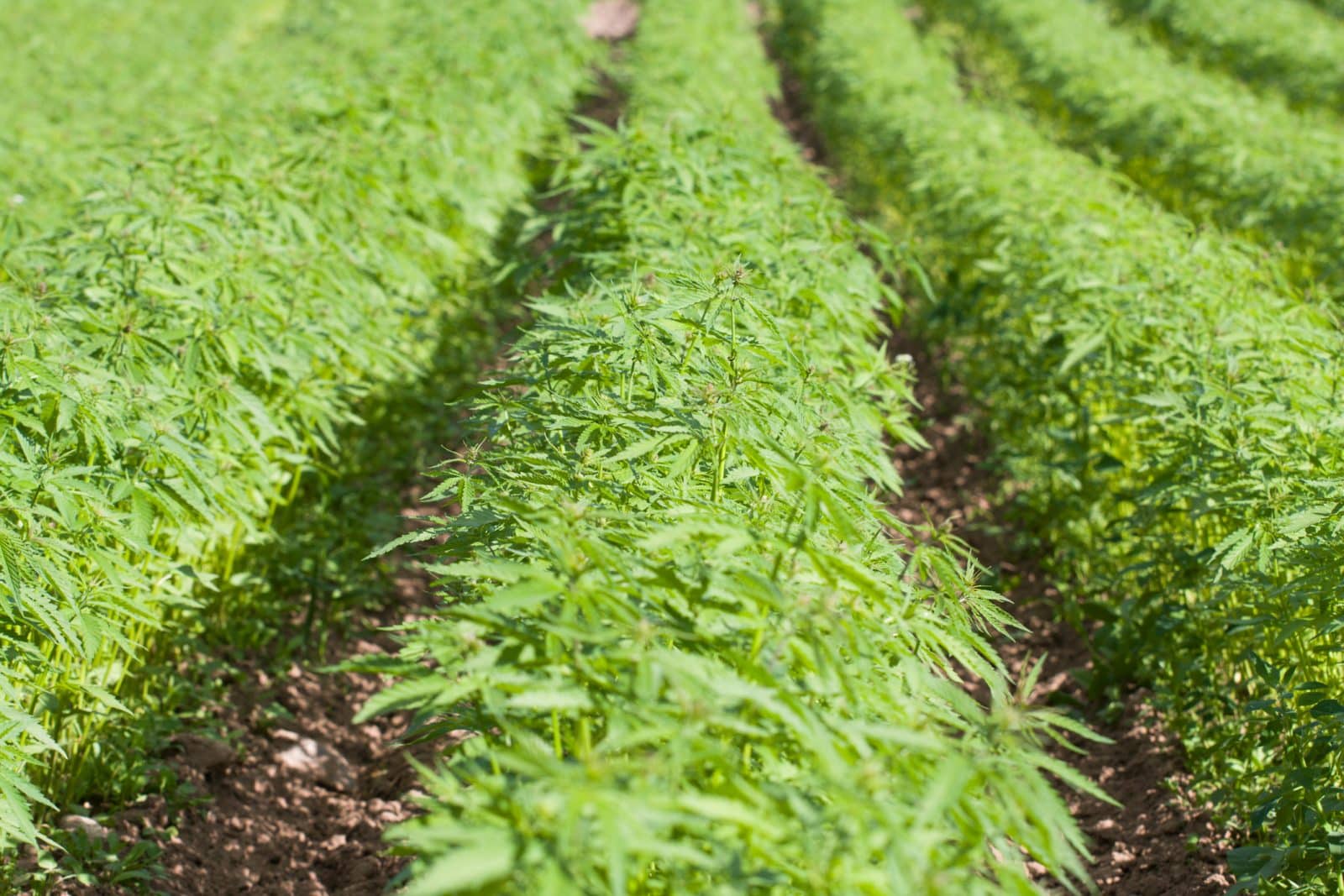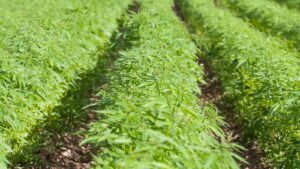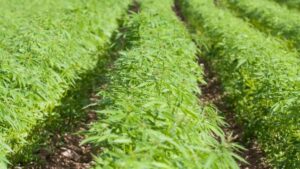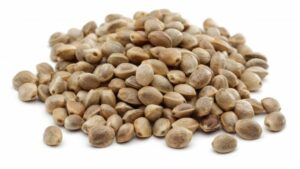Part II: Hemp Agronomics
Despite its history, hemp remains a mystery to most U.S. producers. While the National Hemp Association and most groups have been focused on advocacy and policy, there’s a big hole to fill when it comes to grower education.
Michael Bowman, who authored Section 7606 of the 2014 Farm Bill, is a founding chair of the National Hemp Association and a co-founder of First Crop, admits education is a big challenge and that they are trying to work with the national corn and soybean associations.
“If we are going to have significant acreage, it’s going to come from those camps,” he says.
Mark Tyler, a University of Kentucky ag economist echoes that sentiment. “There are no standardmanagement practices that have been established as of yet for hemp,” Tyler says. “Demand for the crop is growing faster than producers know how to grow it.”
The emergence of the CBD market has been a game-changer for hemp producers. CBD offers a much higher economic return, but it also possesses more volatile financial, policy and regulatory risk than markets for hemp fiber and grain, he explains. The lucrative, short-run profits that may exist during the early years will likely lure additional supply, which will diminish profit potential and commoditize the market.
The end market (CBD or fiber) also determines production practices, as they are very different.
“On the CBD side, you have 1,000 to 1,600 plants per acre, planted and tended to as separate plants,” Bowman says. “Traditional hemp, grown for mass market products such as textiles and bioplastics, has a planting rate of 400,000 per acre (roughly 100 plants per square meter), and is drilled in like wheat.
“It grows tall and you harvest the tops for seed production and then use the stalk for a number of industrial purposes.”
Farmers looking for a pot of gold at the end of the rainbow should be prepared for a bumpy ride.
“Everything is in flux right now. Hemp production is not like producing corn and soybeans where production practices are well established.”
“Everything is in flux right now,” Tyler says. “Hemp production is not like producing corn and soybeans where production practices are well established. You can apply commercial NPK fertilizer, but at what rates?
“There is little public research. There are no chemicals labeled for use on hemp, which means you might have to spend a lot of money on labor for weeding. Neither is hemp immune to pests. We are starting to see them come in and attack hemp. It is not a miracle crop; there is no silver bullet.”
For this very reason, universities have initiated research programs. The University of Kentucky initiated its agronomic research program, led by agronomists Bob Pearce and Tom Keene, in 2015.
They are looking at everything from seeding rate to row spacing and from soil pH to nitrogen, phosphorus and potassium, as well as the timing of harvest.
Tyler cautions would-be producers to have their crop contracted with a buyer before planting. There is no organized, ready market for hemp like for corn and soybeans. Finally, growers should have their crop tested to know its THC level. Depending on conditions, plants can “go hot” late in the season and produce THC that exceeds the 0.3% limit.
Seed Quality Critical
Tyler advises growers to purchase good quality, certified seed. The hemp market has expanded so rapidly that there are few if any varieties developed for U.S. growing conditions. A few established varieties are being imported from Europe and Canada, but there is little field plot testing. Online seed sellers offer “strains” at prices ranging from $10,000 to $40,000 per pound for feminized seed. Clones sell for $2.50-$7 per plant. Poor seed quality and low germination rates can bankrupt a crop before it is even planted.













